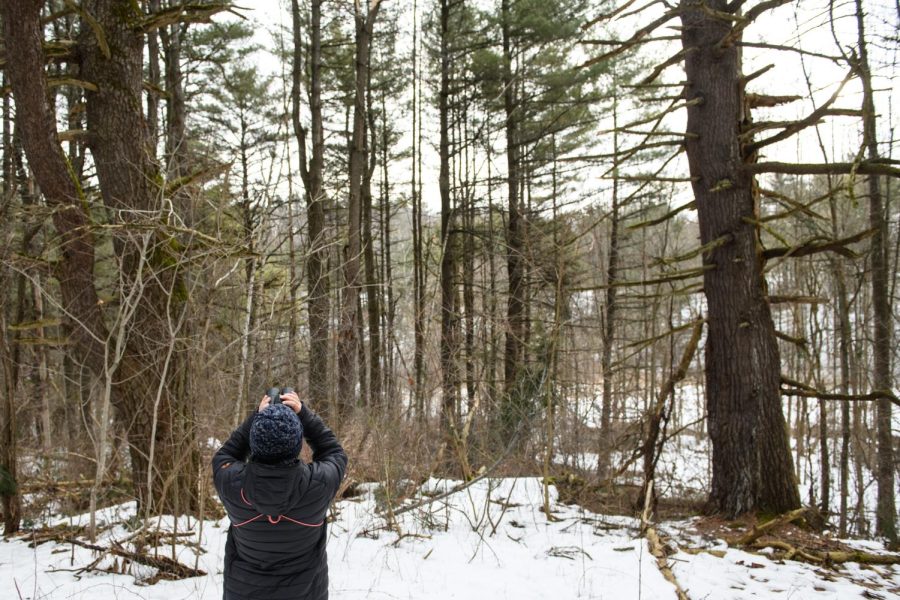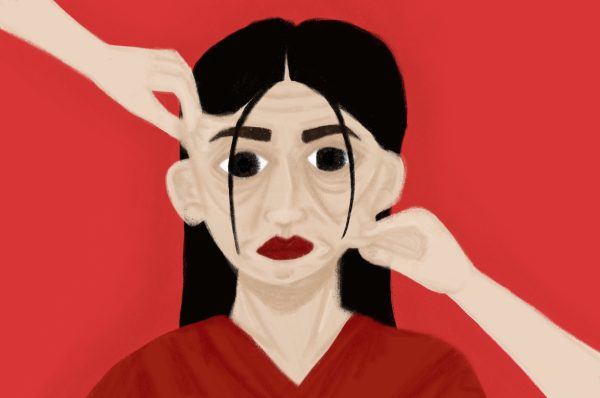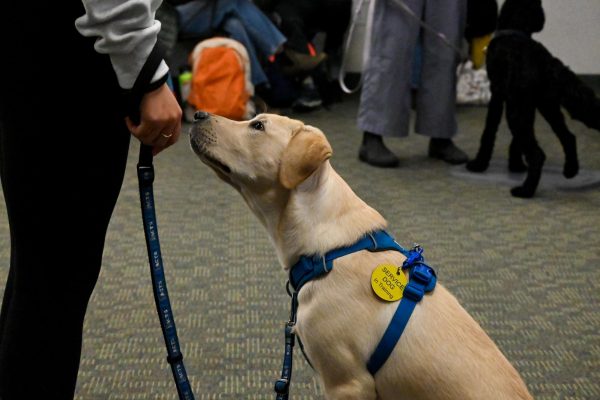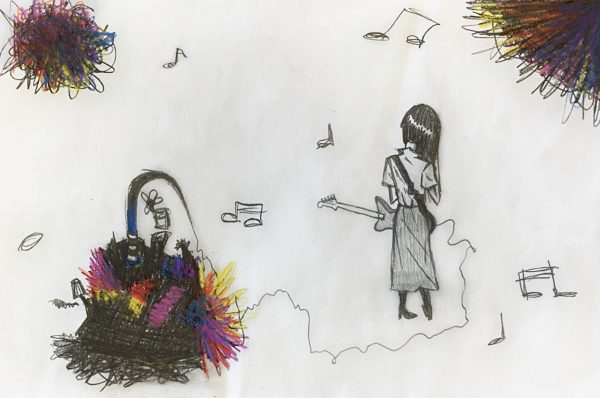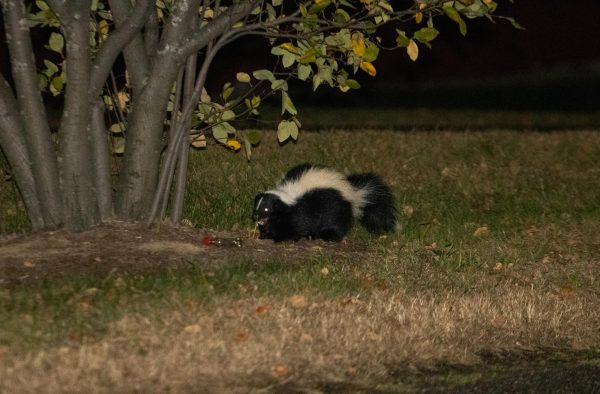Exploring birding culture at UVM
Senior Grace Yaros, president of UVM’s Audubon chapter, leading the club’s weekly bird walks to Centennial Woods March 25.
Peter, peter, peter; po-ta-to-chip; pew-pew-pew—these are a few of the many bird songs that can be heard in UVM’s Centennial Woods’ natural area this time of year.
Cardinals, sparrows, wrens and more fill the soundscape if you simply stop to listen.
There is a small but mighty community of people at UVM who recognize these musical sounds and choose to trudge through snow and ice to search for the tiny creatures responsible for the noises.
There is discourse among bird-lovers about whether to call themselves “birders” or “bird-watchers,” but some dismiss the conversation altogether and just like to love birds.
Sophomore bird-lover Spencer Ogden defines birding as “taking the time out of your day to observe birds.”
For Trish O’Kane, an environmental studies senior lecturer, there are many ways to demonstrate one’s love for birds.
“There’s the people doing research, and then there’s the students who love to go birding, and then we have these great ornithology classes with field labs, and then there’s the birding community at large, the Audubon folks, and then lots of people who just have their feeders,” she said.
O’Kane supports UVM’s birding community through her environmental studies service learning course titled “Birding to Change the World.” The course pairs 25 UVM students with 25 fourth- and fifth-graders at a local elementary school to be “co-explorers” during the kids’ after-school outdoor program.
For some of the college and elementary students, this course is their introduction to birds and they may go on to become star birders in the community, she said.
“The enthusiasm is contagious,” O’Kane said. “Students, maybe when they are upset or distraught or down at heart, will pick up those binoculars and go out on a walk, and they will feel better.”
Past students continue to send her messages about the birds they are seeing, O’Kane said.
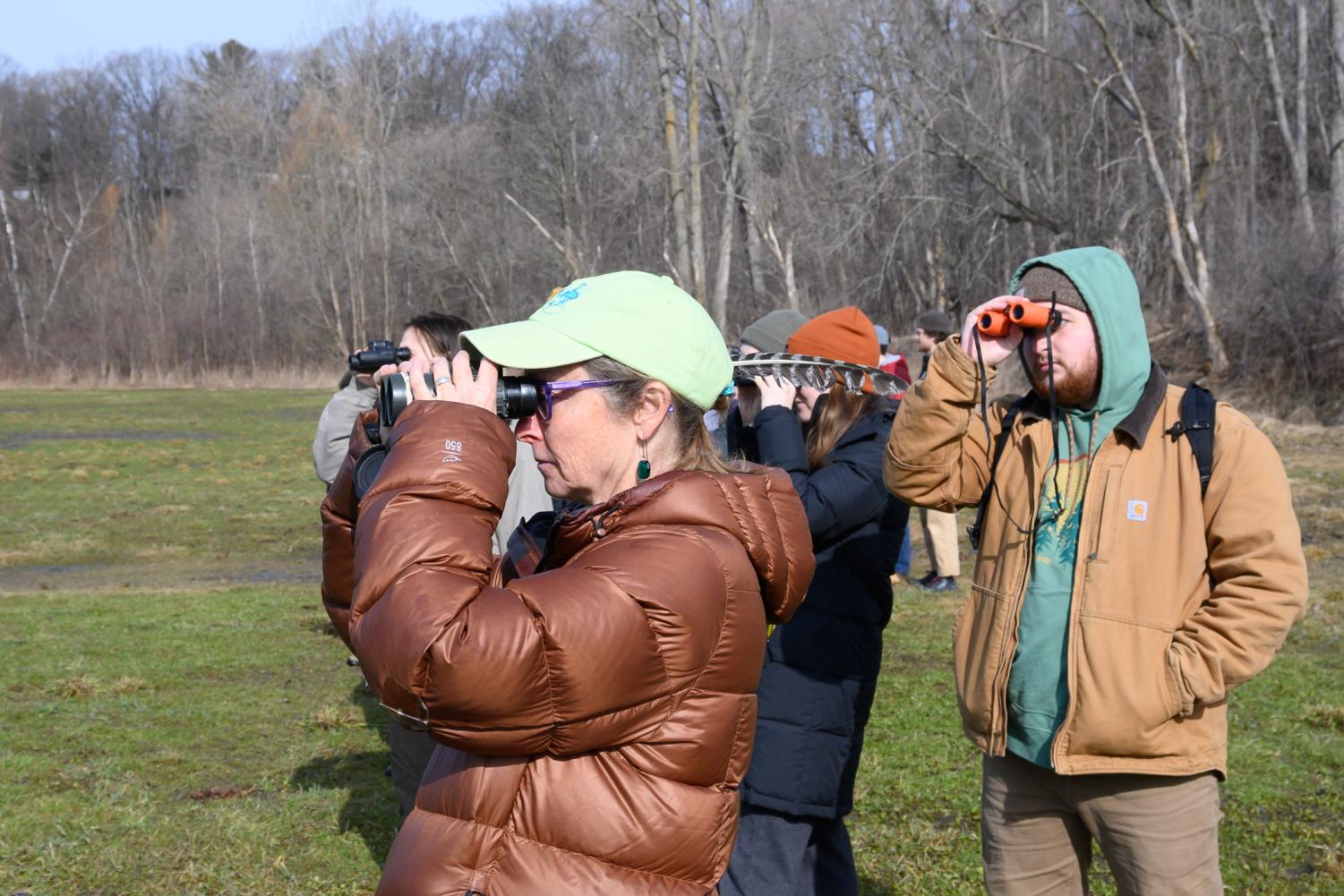
One student who became hooked on birds through this class is sophomore Sydney Gawason.
“Birds opened my eyes up to what the environment has to offer rather than just the science behind it,” she said.
Gawason realized there is an emotional and relational component to nature. Her “spark” moment for birds came when she was walking through campus and recognized a bird sound as a blue jay, something she would have not even noticed before. She learned to treat birds as individuals, she said.
“Each bird has their own story, each bird has their own sound, and I can connect to them now,” Gawason said.
UVM has its own Audubon chapter that serves to foster love for birds on campus. Senior Grace Yaros, the club’s president, organizes events like owling in the fall, weekly bird walks and other activities to bring student birders together.
“Getting people excited about birds is my favorite thing to do,” she said.
The club offers opportunities for people to go on bird outings as a group as well as resources for them to go birding on their own, Yaros said. Its events provide chances for students to meet other birders their own age.
Birders are typically older than college students, the former averaging 52 years old, according to a 2016 birding demographic analysis by the U.S. Fish and Wildlife Service.
“It’s stereotypically a granny hobby,” Ogden said.
His peers will tease him in a friendly way about his interest, he said. But as a hobby, Ogden says birding is quite accessible for almost anyone.
“[It’s] cheap, it’s easy, you can do it right from your back window,” he said.
Gawason’s friends reacted to her newfound hobby with intrigue. She finds birds to be a new source of bonding with friends in environmentally-related majors, she said. Her other friends get to be an ear for her birding stories and have gone on bird walks, realizing that birding can be an engaging hobby.
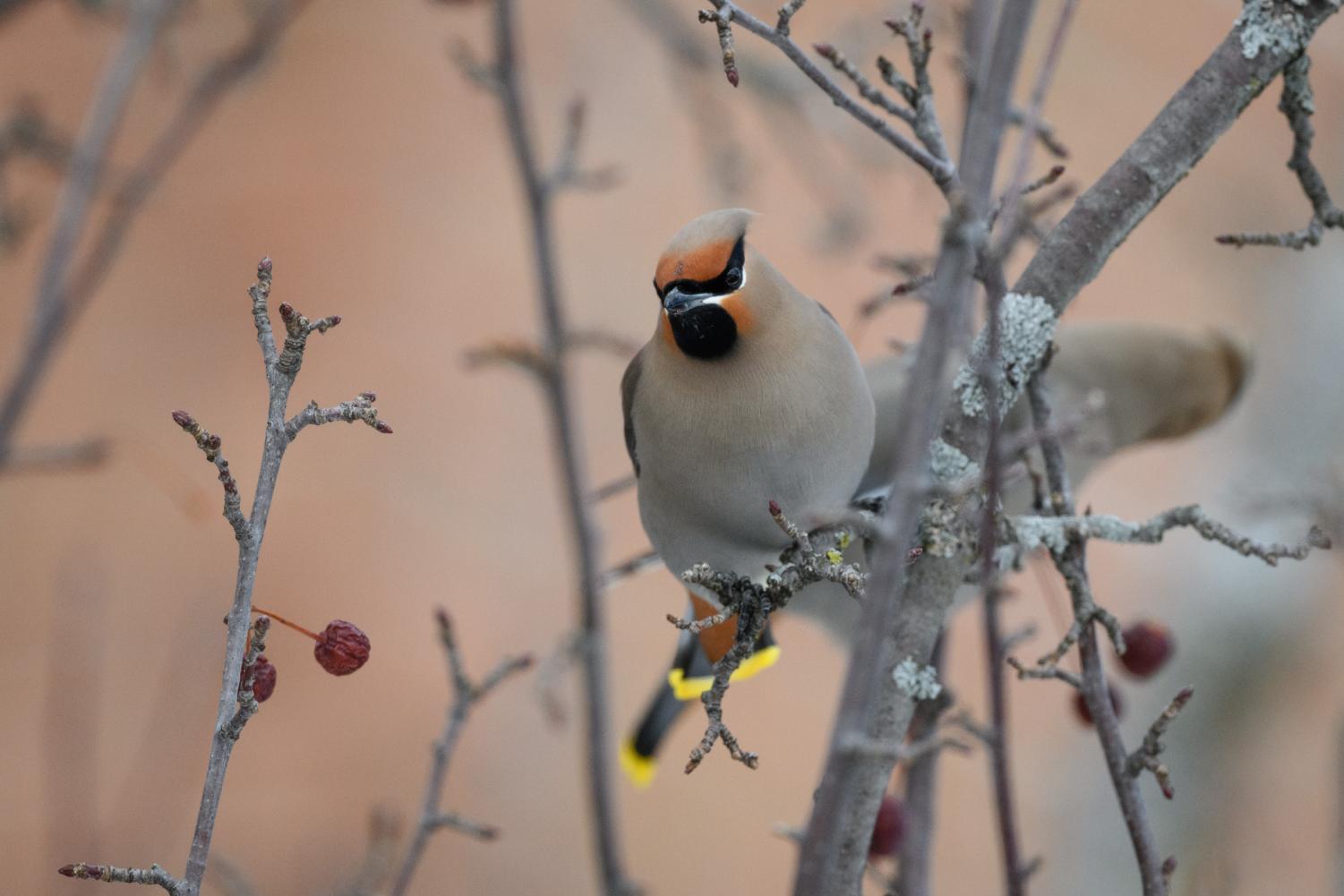
For O’Kane, a large part of the reason she loves birds is because of the feelings of tranquility they evoke.
“Birds helped me slow down,” she said. “It’s a form of meditation because you have to focus and it’s very relaxing.”
O’Kane prefers to relate to individual birds, she said. She watches birds at her feeder and follows along as young ones fledge from her nesting boxes. She can recognize certain birds and see how they come back again and again, sometimes over years.
Ogden also experiences beneficial mental effects of birding, he said.
“If I’ve had a busy week with schoolwork, I use Centennial Woods as an escape,” Ogden said. “Spend some time out in the woods, clear my mind and go birdwatching.”
Gawason discovered the joys of birds last semester through O’Kane’s class.
“I can’t believe I missed it all my life,” she said. “I’ve walked so much in my life and never heard so many sounds before. Now, that’s all I hear. That class opened my eyes to what’s been around me this whole time.”
Yaros finds enjoyment in bringing people together over their passion for birds.
“Birding has been a huge part of who I am and I am happy to give back by leading these Audubon events and helping them along on their birding journey,” she said.
The way birds stick together is an important lesson about community, O’Kane said.
“I love the way birds flock, the way they build flocks and keep their flocks together,” she said. “It’s not just about the birds, it’s about the people birding together and creating memories.”
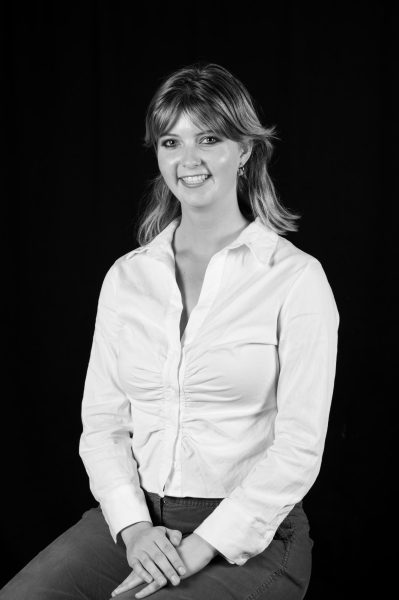
(She/her)
Sophia Balunek is a senior majoring in Geography with a minor in Wildlife Biology from Cleveland, Ohio. She joined the Cynic her first-year...


